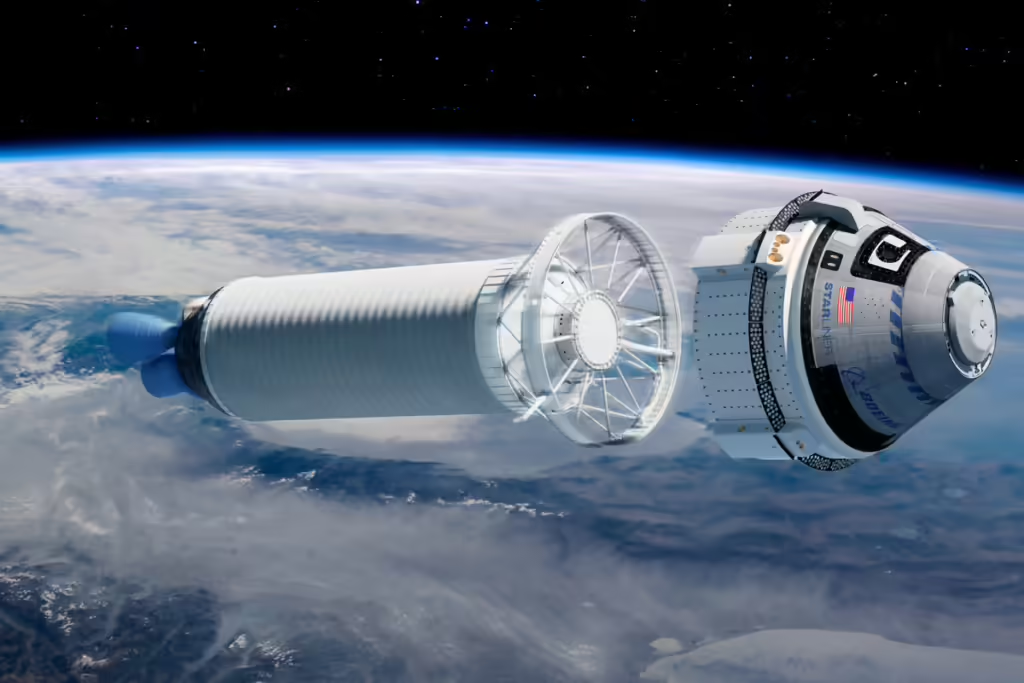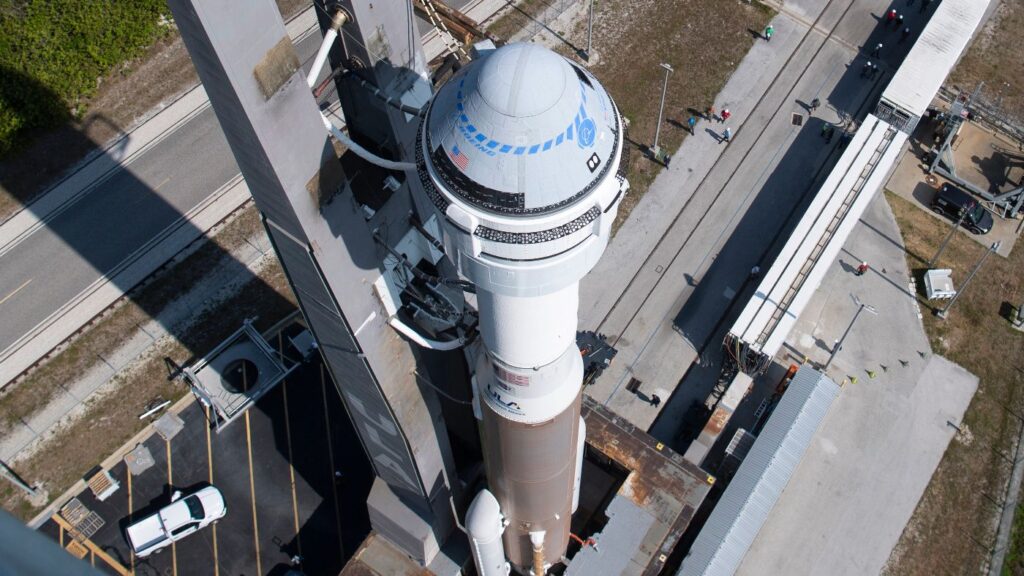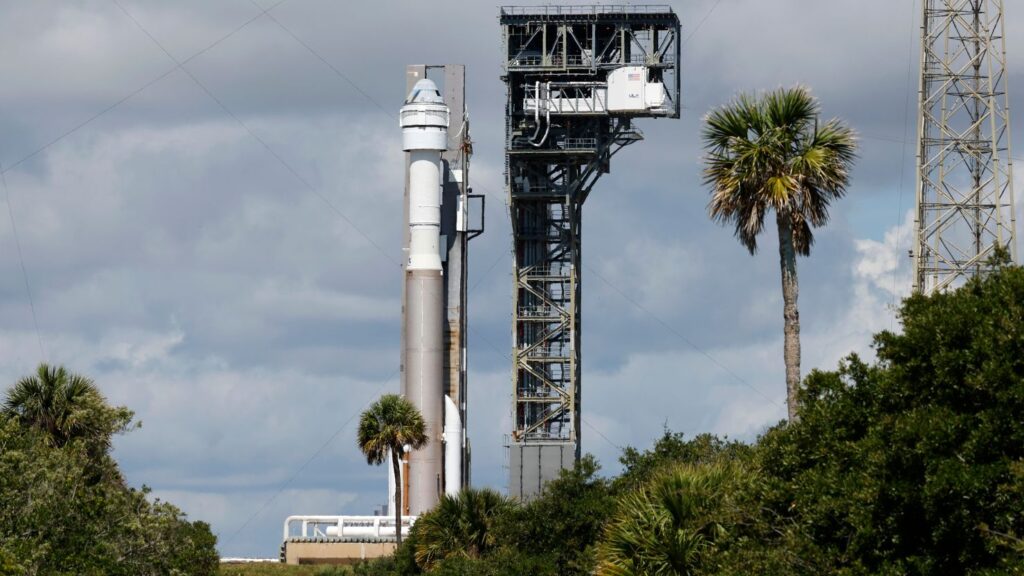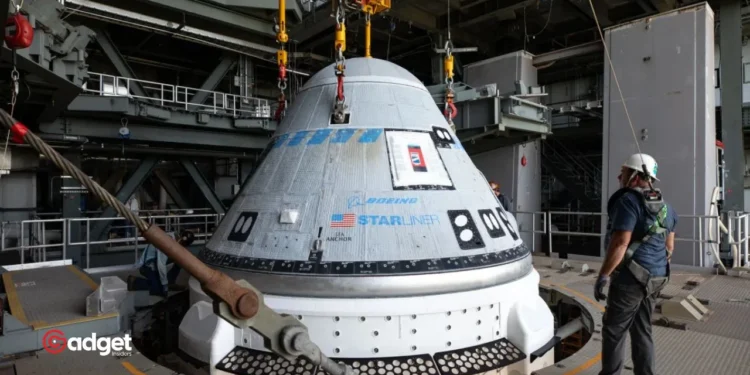Senior NASA and Boeing managers have recently confirmed that the first crewed test flight of the Boeing Starliner spacecraft is scheduled for June 1. This announcement comes despite the discovery of a persistent helium leak and a newly identified design vulnerability in the spacecraft’s propulsion system.
The spacecraft was observed atop its Atlas V rocket at the launch pad earlier this month, poised for the upcoming mission.

Persistent Helium Leak Addressed by Engineers
After weeks of thorough analysis, the teams involved have pinpointed the probable cause of the helium leak, which is described as minor and stable. This analysis reassured the engineers that, even if the leak were to worsen, it would not pose a significant risk to the safety of the mission to the International Space Station.
“As we studied the helium leak, we also looked across the rest of the propulsion system, just to make sure we didn’t have any other concerns,” mentioned Steve Stich, manager of NASA’s commercial crew program.

Addressing Propulsion System Vulnerabilities
The review process, however, unearthed a potential issue in the Starliner’s propulsion system. Engineers found that a series of unlikely technical failures, amounting to only 0.77 percent of all possible failure modes, could prevent the spacecraft from performing a deorbit burn, a crucial maneuver for safely returning the spacecraft to Earth.
“We found a design vulnerability… where for certain failure cases that are very remote, we couldn’t execute the deorbit burn with redundancy,” explained Stich during a press briefing.

The Road to the Launch Pad
The Starliner program has faced a series of setbacks, running years behind schedule mainly due to issues with its software, parachutes, and propulsion systems.
Software problems truncated Starliner’s first test flight in 2019, preventing it from docking at the ISS, and led to a second unplanned test flight to ensure the spacecraft’s readiness for crewed missions. Corrosion problems and parachute design issues further delayed its progress.
NASA’s Recent Developments and Future Prospects
As the crewed launch date approaches, NASA and Boeing are making final preparations, with astronauts Butch Wilmore and Suni Williams poised to pilot the spacecraft. Despite a recent halt in the countdown due to a faulty valve, which was promptly addressed, the teams remain optimistic.
The detection of the helium leak following the countdown pause has led to further inspections, stabilizing the situation as the launch window draws near.
NASA and Boeing are committed to overcoming these hurdles, demonstrating resilience and dedication to advancing US space capabilities. The upcoming launch represents a significant step forward in NASA’s Commercial Crew Program, showcasing the potential for public-private partnerships in space exploration.










